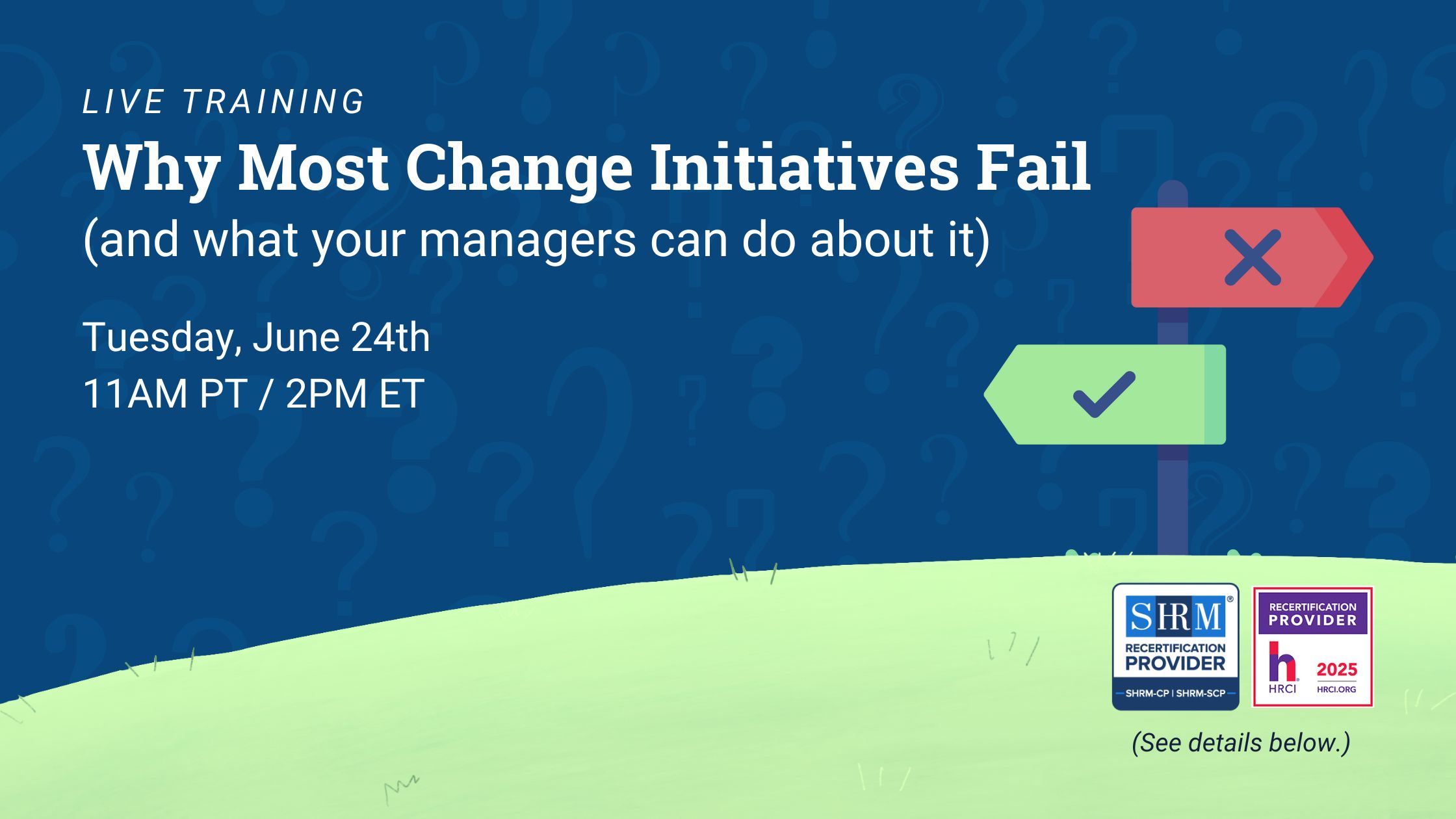Employee retention is the term used to refer to an organization’s ability to hold onto its workforce for a period of time without them leaving. This article will demonstrate the importance of retention rates and teach employers how to increase their retention.
Why is employee retention important?
While a workplace with a low retention rate suffers from issues that cause employees to leave, one with a strong retention rate is rewarded in multiple ways.
Some of the benefits of high retention rates include:
Reduced costs
Businesses with higher retention rates generally don’t pay as much for hiring and training new team members as businesses with a lower rate. The price of onboarding new hires and incorporating them into the organization can quickly add up. According to SHRM, directly replacing your professionals may cost companies between 50-250% of the person’s annual salary.
Improved morale
Employees who work for organizations with high employee retention often experience better morale than those employed at low-retention businesses. Workplace bonds between team members can play prominent roles in how engaged they feel while at work, so creating an environment where colleagues frequently leave can cause a dip in morale.
Improved productivity
Businesses with good retention rates often have the resources they need, versus employers with smaller rates. Being well-staffed helps employees make good use of their time, since they are not stretched for bandwidth. As a result, productivity is increased. Such businesses also benefit from the experience and internal knowledge that long-time employees have, related to process, culture, product knowledge and evolution, and more.
Better quality workforce
Companies with loyal employees have a higher quality workforce than those unable to hold onto their trained professionals. A team of employees who have been with the organization long enough to receive proper training can outperform people with less experience. Those who are familiar with their colleagues can also collaborate more easily.
Better customer experience
Organizations with higher retention rates have more employees who can serve customers. Long-term staff members have greater familiarity with products and services, so they can provide clients, prospects, and customers with detailed information and confidently portray the company’s brand. Lower-rated companies, on the other hand, are less likely to have employees who can deliver the same experience to their customers.
Better company reputation
Companies that respect and appreciate their team are more likely to keep employees. However, organizations with low retention likely don’t give their staff the same treatment. Lower rates can also be seen as a product of bad employer image, poor management, and a negative workplace culture.
How to increase employee retention
The main strategy companies should use to improve their employee retention is to actively work towards creating a better workplace for their team. There are several ways for you to create engaging work environments that can increase your workforce’s job satisfaction.
1. Provide proper orientation and training
The first step in keeping employees invested in a role is to give them the necessary tools to succeed. Employers have a responsibility to properly onboard and train their new recruits, or else the employees will underperform and face stressful situations. The increased stress coupled with a lack of direction from management can quickly result in newly hired employees wishing to leave their current position.
Orientation can help incoming employees adjust to their new careers with the company, and provide helpful information about the brand and its goods and services. Employers may even use the process to formally introduce the individual to other team members in their department. Those who receive a good onboarding and orientation experience are more likely to have a positive first impression of the business. An excellent onboarding process can also create a welcoming atmosphere in the workplace.
The training process should introduce the new hire to all key aspects of their position while passing down advice from current employees. Helping trainees adjust to their designated duties and making them feel welcome in the company will contribute to a work culture that encourages collaboration.
2. Offer career development opportunities
Career development offers your team helpful resources for determining how they can grow their careers with the business while also helping them set realistic goals to reach their aspirations. The services provided to employees can help them identify which strengths they should develop to become skilled professionals.
Offering career development opportunities can increase an organization’s retention rates by giving employees long-term goals to complete alongside the business. Specifically, introducing a career development program with career coaching and robust education content also conveys that the employer is concerned for the team member’s development, which can create bonds between the business and employee.
3. Provide attractive benefits and perks
Giving your staff multiple incentives to stay with the organization is another effective method of increasing retention rates. Each benefit offered to your team, such as life insurance, health insurance, or paid time off, will give them a stronger reason to stay employed with your company. Perks like onsite childcare, free food and scholarship programs also give staff members added reasons to stay employed by the business.
 4. Maintain good communication
4. Maintain good communication
Good communication with employees can contribute to higher employee retention. Including your team in conversations about the organization and encouraging their participation during discussions can keep employees engaged and motivated. Staff members may also be encouraged by the business to speak up about any concerns they may have about their positions. Paying attention to the interests of your professionals will show they are appreciated by the organization.
5. Provide good onboarding
Onboarding can help incoming employees adjust to their new careers with the company, and provide helpful information about the brand and its goods and services. Employers may even use the process to formally introduce the individual to other team members in their department. Those who receive a good onboarding experience are more likely to have a positive first impression of the business. A positive onboarding process can also create a welcoming atmosphere in the workplace.
6. Get feedback from employees
Another helpful strategy businesses can utilize to increase their employee retention is to use their professionals as reliable sources of information. Creating a work environment where staff members feel comfortable enough to address any issues they have with their job will help employers quickly fix problems that may cause people to feel dissatisfied with their positions.
Regular questionnaires can be sent to your team to ask for specific opinions on different aspects of their careers. Companies may also opt for sending virtual surveys to their employees in case some staff members feel uncomfortable with publicly sharing their thoughts on the organization. Taking the time to collect the feedback from employees will help companies raise their employee retention.
Businesses that have strong employee retention are often more productive and better to work for than companies with low retention rates. Organizations should constantly be making decisions that increase their employee retention and create enjoyable working environments. Understanding how to address the needs of hired professionals can help businesses improve their retention rates. INTOO’s coaches help employees in every stage of their career develop strategies to meet their goals, while employers reap the benefits of increased engagement, productivity, and retention. Learn more about how our career development programs can benefit your company.



 4. Maintain good communication
4. Maintain good communication








